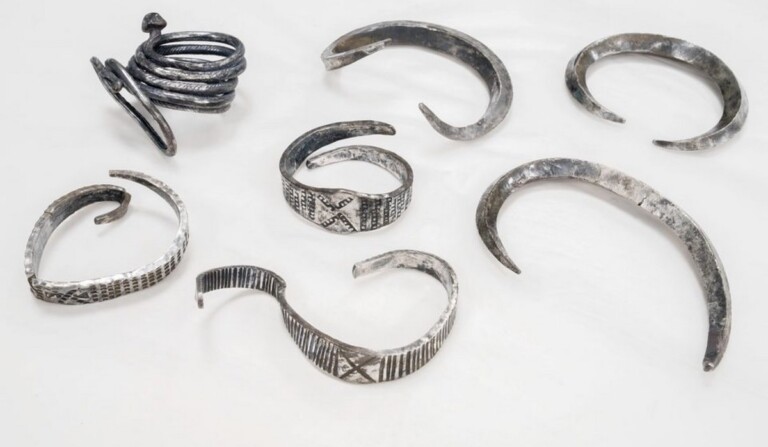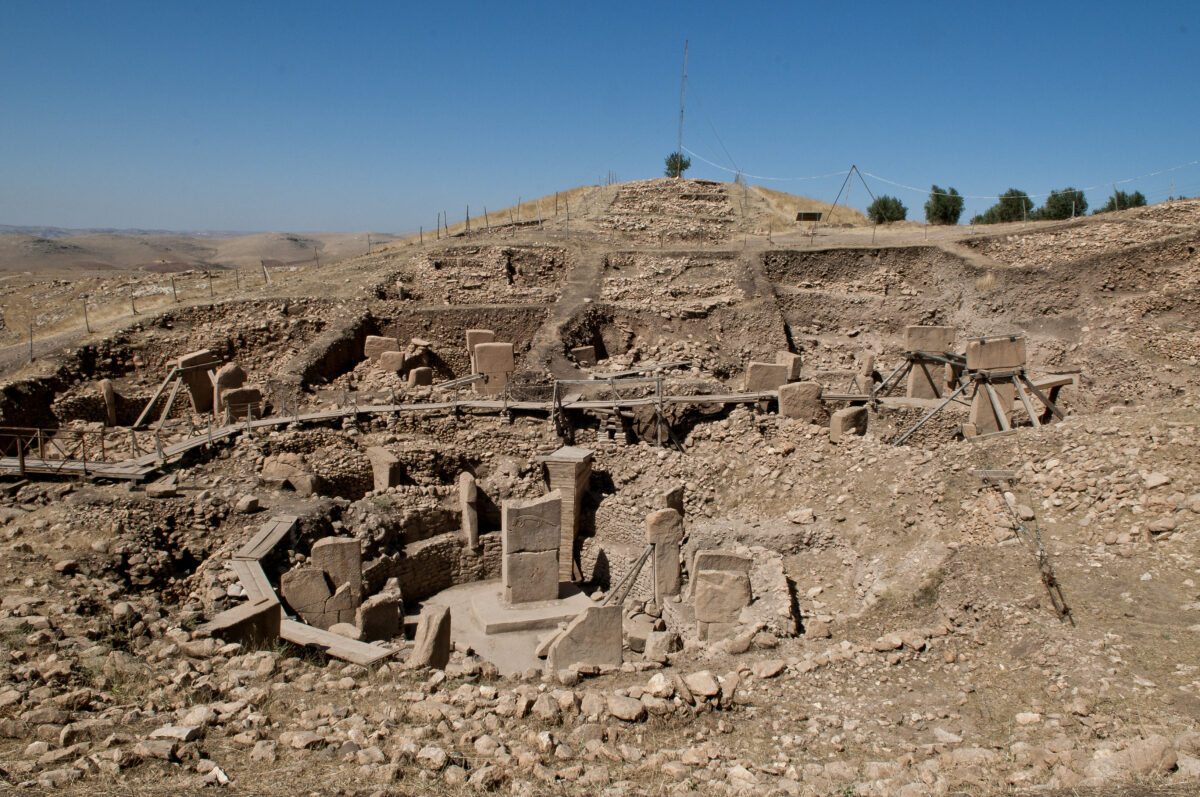The Svalbard archipelago, where Longyearbyen is the main settlement, sits at the edge of the polar ice. Originally a coal mining town, Longyearbyen is now transitioning to offer unique experiences as its last mine closes next year.
One such experience is dining at Huset, where the tasting menu features dishes served on reindeer antlers and ivory bones. For example, cured reindeer heart is presented as a slice of ruby ribbon, while preserved neck meat is served with a smoky, leathery texture. The heart reportedly has a subtle campfire flavor with a delicate jelly-like texture.
In this polar region with four months of darkness, wildlife thrives despite the harsh conditions. Seals, walruses, reindeer, polar bears, and white ptarmigan are common. All are protected, though hunting permits are available for certain species during specific times of the year.
Local hunters provide Huset’s head chef, Alberto Lozano, with ingredients. For a dish featuring waffle, seal meat, béarnaise sauce, and pickled blueberry, the seal meat comes from seals hunted by a dog-sledding company. Huset’s Instagram shows Lozano and his team foraging for local mushrooms and mountain sorrel, which appear briefly in late summer. These foraged items are used in dishes like pickled mushrooms and sorrel marshmallows.
While many ingredients are sourced from Norway or beyond, such as plankton powder from the Netherlands, Huset’s emphasis on local ingredients is notable. In a place where most food traditionally arrives by boat from warmer regions, incorporating local elements reflects significant effort and planning.





